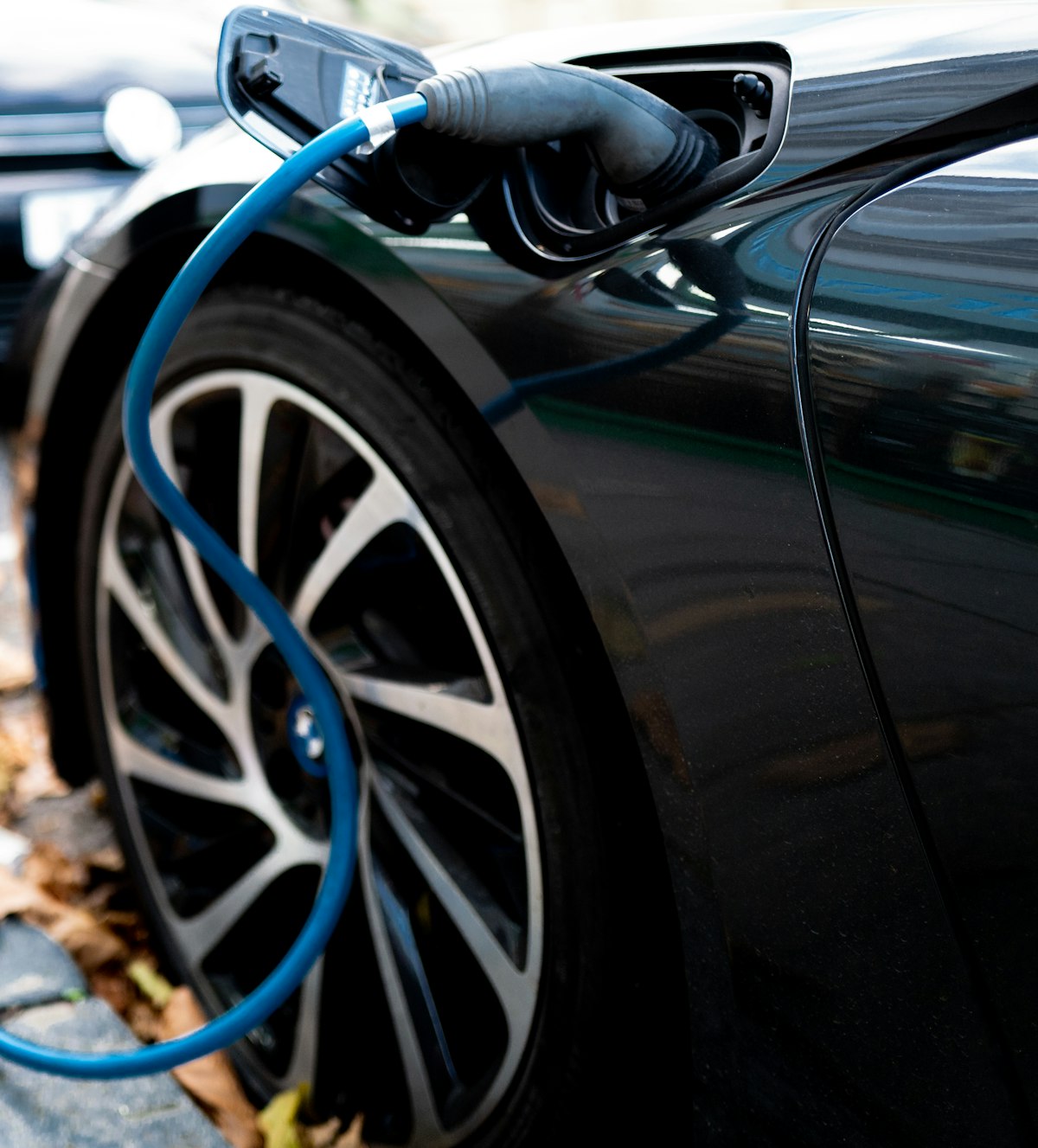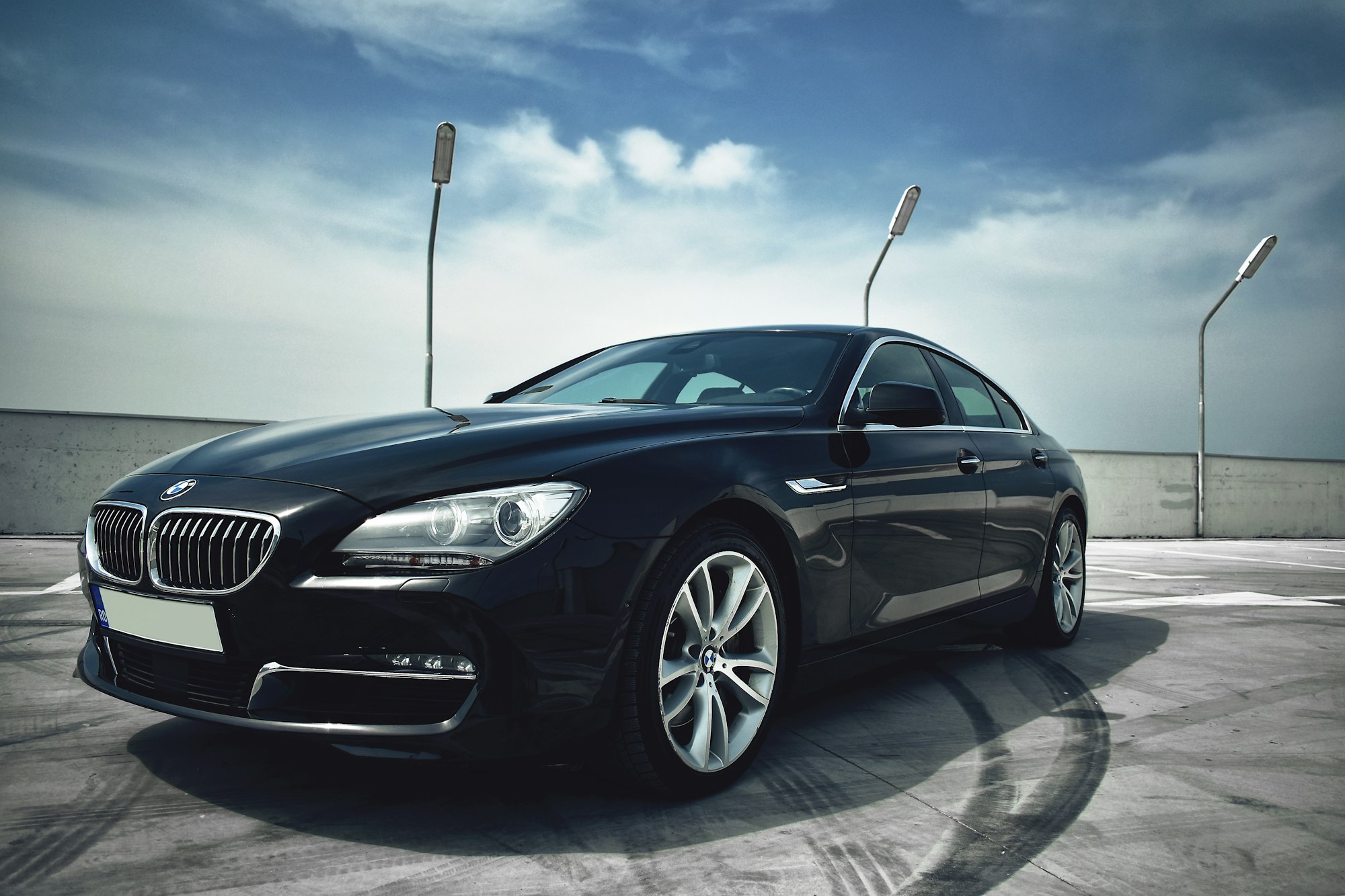BMW's Electric Test Vehicle, the Power BEV, Has a New Name and a New Mission
BMW's Electric Test Vehicle, the Power BEV: Bayerische Motoren Werke AG, or BMW for short, is a German automaker headquartered in Munich that produces high-end luxury vehicles and motorbikes.

BMW's Electric Test Vehicle, the Power BEV: Bayerische Motoren Werke AG, or BMW for short, is a German automaker headquartered in Munich that produces high-end luxury vehicles and motorbikes.
For the duration of its existence (from 1916 until 1917, and again from 1933 to 1945), the company focused on the research and development of aircraft engines.
The BMW, Mini, and Rolls-Royce names are used to advertise automobiles, while BMW Motorrad is promoted as a motorcycle brand.
BMW was the fourteenth largest carmaker in the world in 2017 with annual production of 2,279,503 automobiles.
In particular, the company has a rich heritage in touring automobiles, sports cars, and the Isle of Man TT.
Headquarters for BMW
Automobiles are manufactured in Germany, Brazil, China, India, Mexico, the Netherlands, South Africa, the United Kingdom, and the United States, in addition to BMW's headquarters in Munich.
The Quandt family has been a major investor in the company since 1959, when Herbert and Harald Quandt saved it from bankruptcy with their financial backing (with the remaining shares owned by the public float).
Accelerating the Adoption of Power BEV Technology
On display at #NEXTGen was the BMW Group's "Power BEV," a demonstration car that demonstrates the company's commitment to developing cutting-edge technologies.
The vehicle is powered by three electric drive units from the latest generation, with a combined output of over 530 kW (or 720 hp).
Since this is the case, it only takes about three seconds for it to get from zero to sixty-two miles per hour (or 100 kilometers per hour).
Target
The team's objective was to design a cutting-edge experimental vehicle in terms of both longitudinal and lateral dynamics.
Like any BMW, it was designed to be quick off the mark and to put a grin on the driver's face when he or she expertly navigates a turn.
The vehicle's chassis and powertrain teams worked together to improve performance.
Their unique dynamic qualities stem in large part from the fact that the two electric motors mounted on the rear axle can operate independently from one another.
This engages electronic torque vectoring, which channels the full output of the motor into forward motion even during evasive movements.
Photo by Arteum.ro / Unsplash
Result
This is superior to a limited-slip differential in both efficiency and precision because actively targeted inputs may be made in each driving scenario.
Limit slip differentials, on the other hand, are continually adapting to the changing rotational speeds of the driven wheels.
Power Train
Each of the three fifth-generation drive units houses an electric motor as well as the power electronics and take-off mechanism required by the drive system.
The back axle has two (a double drive unit) and the front axle has one. This generation is notable not just for its impressive power but also for its complete lack of rare earth elements.
This electric motor will first be used in series production on the BMW iX3. As opposed to the iX5, the iX3 will only have a single motor.
The foundation of the Power BEV is a modern production BMW 5 Series.
Significant technological effort is required to implement this type of driving system into a manufacturing car. This has been going on for some time, though, without any noticeable effects on the cabin's capacity.
The table below provides a convenient way to compare this bold idea to others.
It has also allowed engineers to take a deeper dive into the possibilities afforded by e-torque vectoring, which uses two electric motors at the rear axle that can be controlled separately.



